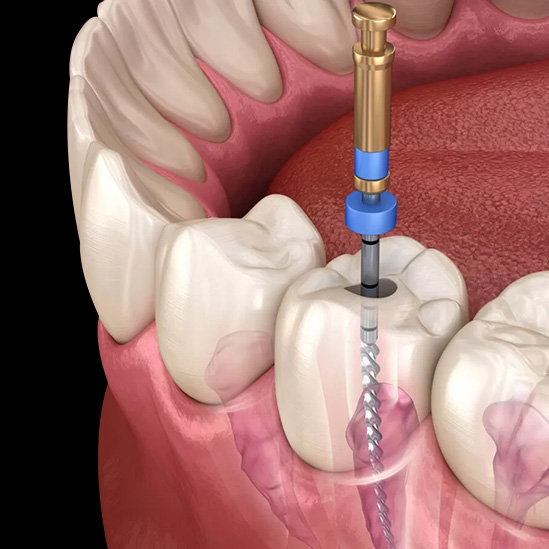Endo Retreatment

Proper care can help you maintain teeth that have undergone root canal treatment for a lifetime. However, there is a possibility that the tooth may heal improperly, leading to pain or disease months or even years later. In such cases, retreatment provides a second chance to save the tooth. This additional procedure can reduce dental pain or discomfort and promote healing. If you suspect that a tooth previously treated with a root canal requires retreatment, it is advisable to seek evaluation from your dentist or endodontist.
As with any dental or medical procedure, there are reasons why a tooth may not heal as expected after initial treatment. These reasons may include untreated narrow or curved canals, undetected complicated canal anatomy during the initial procedure, delayed placement of the crown or other restoration following endodontic treatment, or failure of the restoration to prevent salivary contamination to the inside of the tooth. Additionally, a successfully treated tooth may be jeopardized by new problems such as new decay, a loose, cracked, or broken crown or filling, or a tooth fracture.
During retreatment, the endodontist reopens the tooth and removes the filling materials placed in the root canals during the first procedure. The endodontist carefully examines the tooth, looking for additional canals or new infections. Any infection is removed, and the canals are cleaned and shaped before new filling materials are placed. The opening is then sealed with a temporary filling, and the tooth is restored with a more permanent restoration to seal and protect it. In some cases, the endodontist may also place a permanent seal on the tooth in preparation for the general dentist to place a crown.